“The strongest human emotion is fear. It’s the essence of any good thriller that, for a little while, you believe in the boogeyman.”
—John Carpenter
This week, we return to The People of Light and Shadow series exploring the characters and creatures of fairytale and folklore, with our first North American entry, “The Tataille” (pronounced tah-TIE), featuring actor/writer Drew Beyer.
The Tataille
by Drew Beyer
The tataille is the Cajun equivalent of the boogeyman; a shadowy figure lurking at the edge of the bayou, waiting to get children who wander off the beaten path. What being “got” by the tataille means is left up to interpretation. Most commonly, it is said that the tataille cuts off the toes of mean or disobedient children who stay out after dark. Like many creatures of folk and fairy tales, the tataille originated to teach the children of the Louisiana swamps a moral lesson, to scare them into behaving.
Heritage, first and foremost, drew me to the tataille. My dad’s family is from Lafayette, Louisiana, deep in the heart of Cajun country, and he was one of those swamp children. His grandmother threatened him with stories of the tataille when he was young, and he passed those stories down to me. Time had eroded the edges, transforming them from frightening ghost stories into nostalgic reminiscing about a childhood spent in bayou country.
Bringing the tataille to life as one of The People of Light and Shadow was an opportunity to embrace my family history, and to introduce the world to some of the weird and wonderful traditions of Cajun Louisiana.
Developing the tataille’s look was also an adventure in collaborative creation since there wasn’t a definitive depiction of the creature to draw on. It’s always described as a vague “monster,” nothing more or less. Sometimes hairy, sometimes insectile, sometimes scaly, whatever was most frightening to the children listening to the story. This gave us plenty of space to play; I designed the basics, envisioning a sort of hunched swamp creature covered in moss, and then Steve helped fill in the gaps in my mental picture, adding scales, inhuman eyes, and other flourishes to make a truly nightmarish creature that we could call our own.
Photography
Drew arrived with dark clothes, some green and black makeup, and a box of Spanish moss, which we piled on top of Drew until he no longer looked human. When he started to resemble something between Swamp Thing and a shambling mound, we took a step back and put him in front of the camera.
We photographed “The Tataille” on our brown fine art background by Westcott. We shot with a gridded beauty dish on camera right in order to create specific areas of light and shadow, and we filled in with a second light, also camera left, as well as a V-flat behind the subject, camera right. Our camera settings were standard for this series: an 85 mm lens at f/8, ISO 100, 1/200 sec.
We tried a couple smaller, more specific modifiers such as a five degree grid attached to our main light in order to light the tataille but ultimately chose the beauty dish for the main look. We decided the tataille would have a cleaver for his grim work, so we needed to adjust the angle of the knife and its proximity to Drew so that it would show up in the portrait. It can be a challenge to light metal correctly—too much reflection and it overpowers the image, too little and the object is lost.
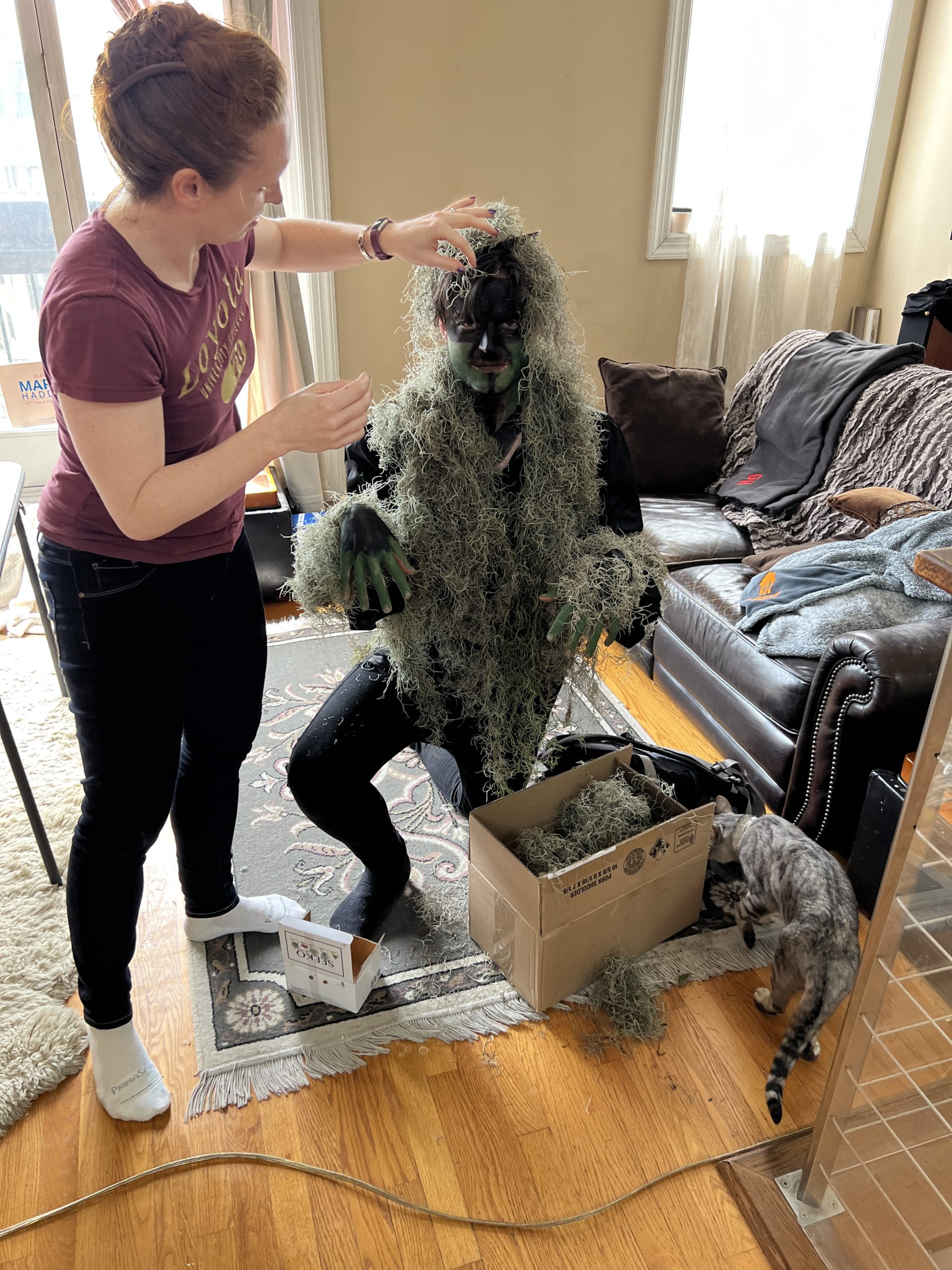
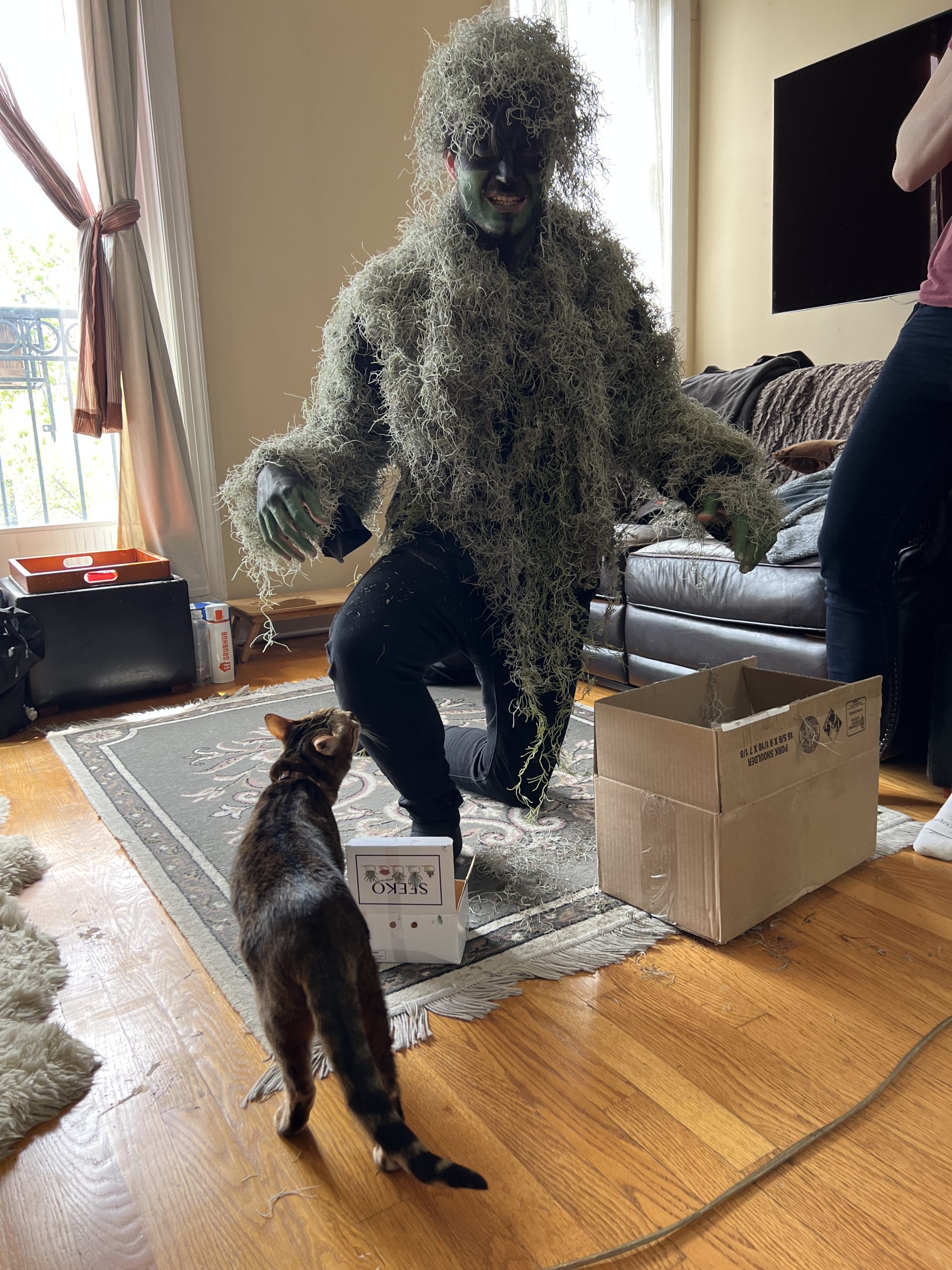
Editing and Compositing
“The Tataille” is one of the largest files in The People of Light and Shadow due to the number of layers and textures in the image. As work began on the portrait, there were a few bare places in the Spanish moss that needed patching. Also the skin needed a texture applied to it. We started with lizard scales but then Drew suggested alligator skin, since the tataille is a bogeyman of the bayou. We added various alligator skin textures to the tataille and finally layered some Spanish moss texture into the background.
Finding the right color was a challenge. Sometimes the image used an analogous color schemes of greens and yellows. Sometimes it used a complementary scheme of green moss and purple shadows. In the end we settled somewhere in between, emphasizing the eyes with red and giving the portrait a pop of brightness with some ghostly swamp lights.
Troubleshooting
There are countless elements that go into shooting a portrait, from makeup and wardrobe to lighting to posing, to camera settings. There are also countless elements that go into editing a portrait, from color to contrast to composited elements to color space and color grading to cropping, and on and on and on. There are so many elements in play that sometimes it’s difficult to tell what’s working in a portrait, and what isn’t, and why. And sometimes these things are all very subjective.
“The Tataille” uses a simple complementary color scheme—it’s green and it’s red, and the rest of the colors are neutral whites, blacks, and grays. But it’s not so simple as that. When playing with only a couple colors, as with black-and-white photography the luminance values of various parts of the image become more important. Since the viewer’s eye is usually drawn to the brightest part of the image outside negative space and often the way we read—left to right, top to bottom—it’s important to look at those luminance values and notice what’s brighter, what’s drawing focus.
The image on the left, below, was the first finished version. If you open the image on a decent monitor, it looks pretty good, and you can see all the detail. But if you’re casually glancing at the image on the left, tiny issues subtly draw focus: a streak of brighter moss above the eye on the left side; a brighter piece of moss at the shoulder; somewhat flat contrast on the facial texture. But the biggest issue to my eyes was the centering of the subject among the lights and brighter spots in the moss—it’s hard to know where to look first.
I made some minor edits to the finished version and cropped it. I dimmed some highlights on the moss where it was pulling focus and increased the contrast on the facial texture. I cropped the image so that the eyes are nearer the top of the image, and the swamp lights, knife, and lines of light at the top left side of the image guide the viewer right into those red eyes and frightening face. With the hanging hand now nearer the lower left corner of the frame, there’s more going on in the portrait. I might have cropped even closer, but I still like the atmosphere and swamp lights, and I think they frame the important parts of the image nicely. It took several looks to figure out what most bothered me about my first final image to know what I wanted to do to correct it. And it really is subjective—some will prefer the centered version with more atmosphere, and viewed large on a monitor or print, I think that one looks good too.

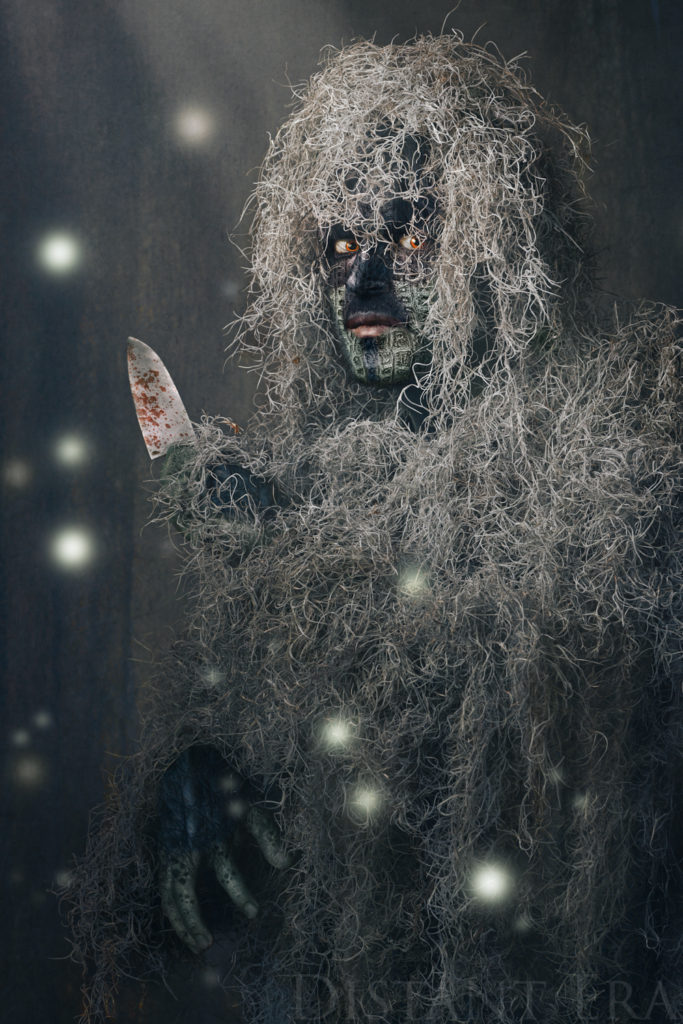
The Tataille Story Inspirations
While I hadn’t heard of the tataille before, I’d done a little research into bogeymen while contributing writing and design to the Dungeons & Dragons book Monster Vault: Threats to the Nentir Vale in 2010. One of the creatures I was assigned to write and design for the product was the bogle (a kind of mischievous goblin) and in my research I learned that the root of the creature’s name related it to the bogeyman:
The name is derived from the Middle-English Bugge (from which the term bogey is also derived) which is in turn a cognate of the German term word bögge (from which böggel-mann (“Goblin”) is derived).
…
There is a popular story of a bogle known as Tatty Bogle, who would hide himself in potato fields (hence his name) and either attack unwary humans or cause blight within the patch. This bogle was depicted as a scarecrow, “bogle” being an old name for “scarecrow” in various parts of England and Scotland.
Bogle, Wikipedia
On the subject of the tataille, though the word is Cajun, I find it an interesting coincidence how close the English/Scottish name “Tatty Bogle” comes to “tataille” (tah-TIE); it’s interesting that the tataille are often described as insectile or bug-like, considering the Middle-English root of bogle, “Bugge”; it’s an interesting coincidence that the English/Scottish Tatty Bogle is depicted as a scarecrow when Drew’s tataille resembles a scarecrow of Spanish moss. This is a question for the folklorists to sort out, but in the meantime, the parallels are cool!
Speaking of words and variations on words, “boogeyman” and “bogeyman” are alternate spellings of the same word, both of which are in common use and both of which are listed in Merriam-Webster, so I’ve left the spelling alone in my quotes in this entry.
Great thanks to Drew Beyer for bringing such an interesting and unique (and spooky) perspective to The People of Light and Shadow series, and for expanding our understanding of tradition and folklore. Many thanks also to Distant Era MVP Elizabeth MacDougald for her assistance with the session, cat wrangling, and moss hanging.
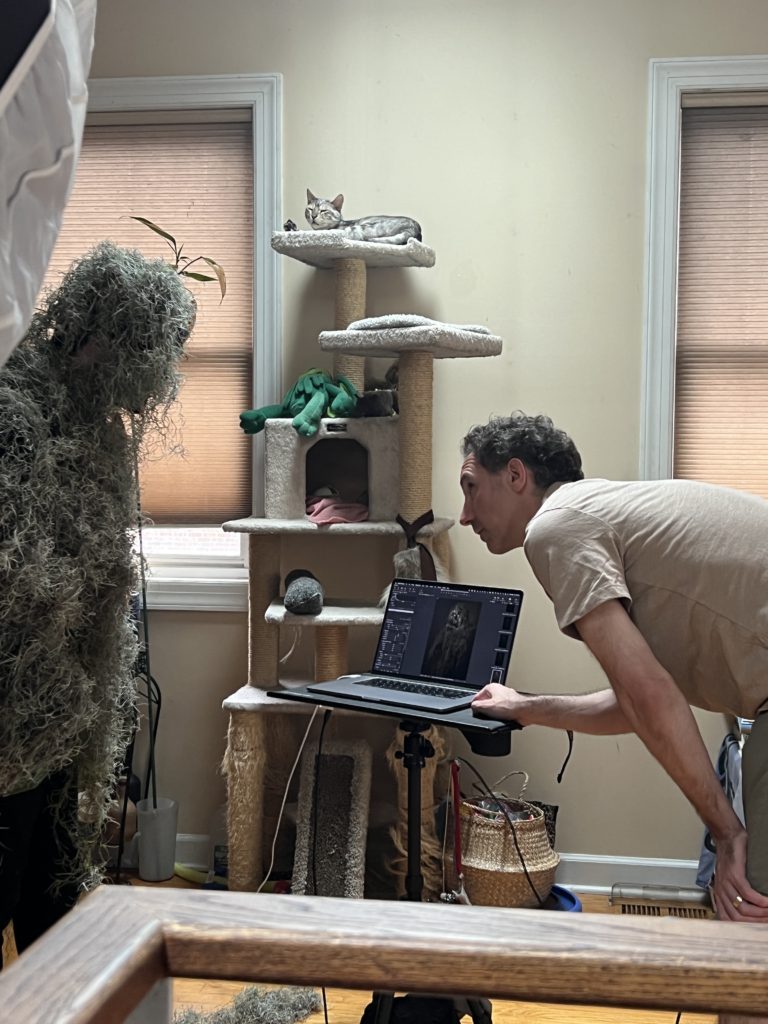
Next in The People of Light and Shadow series…
We look to the skies of ancient Greece for inspiration from the muse Urania…

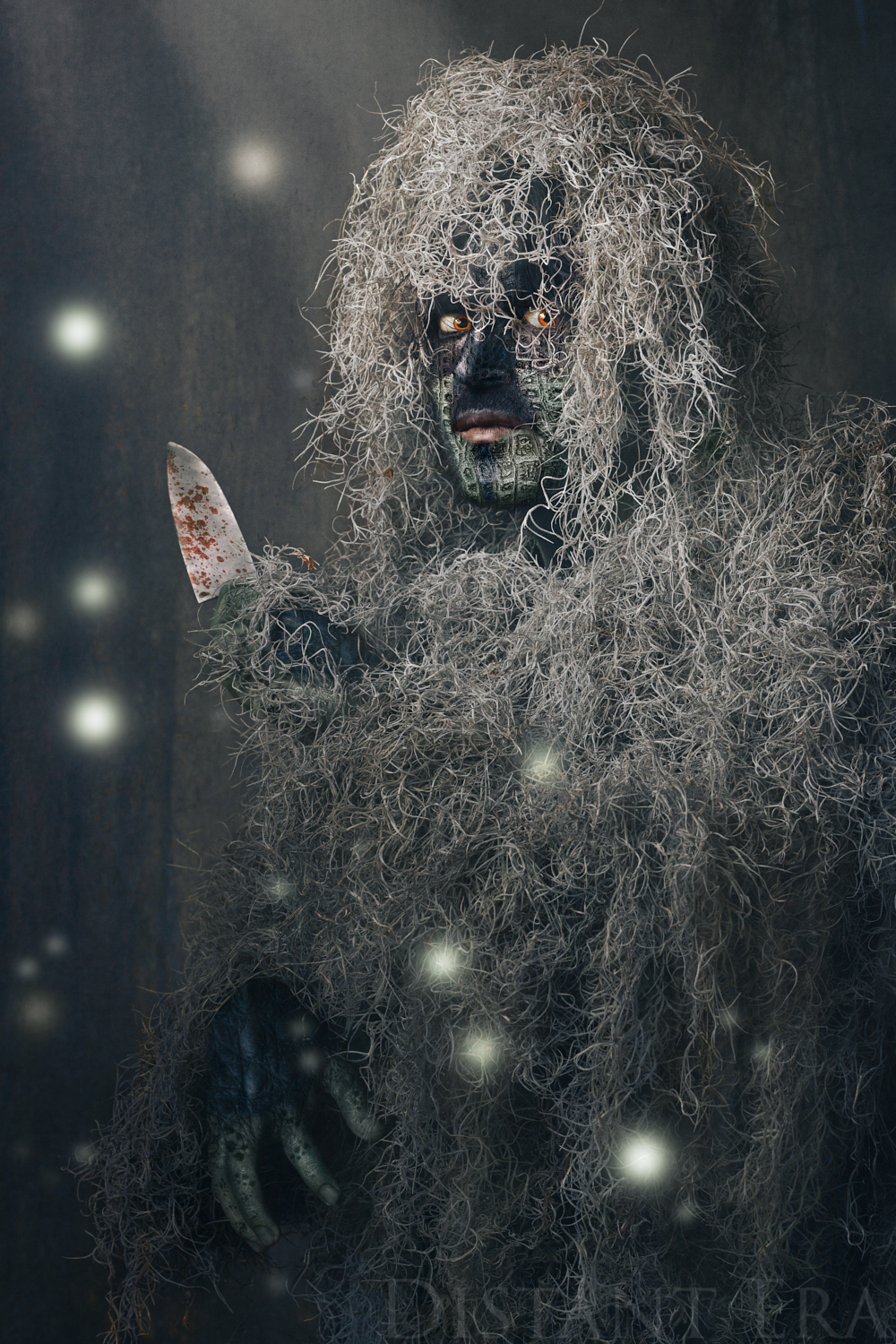

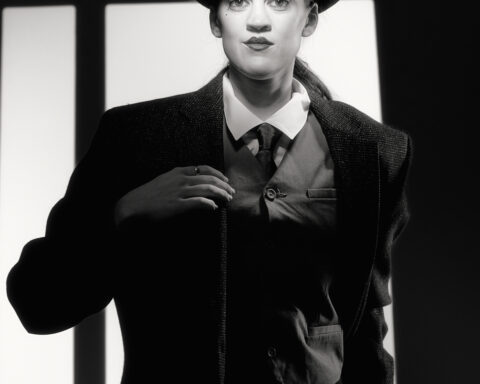
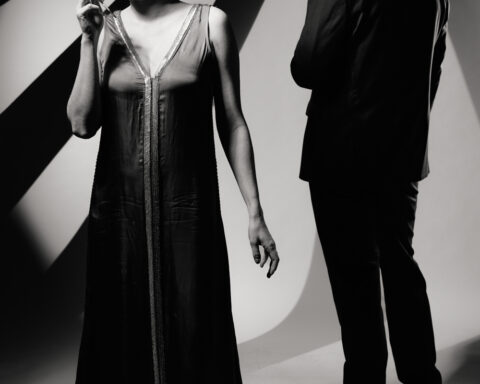
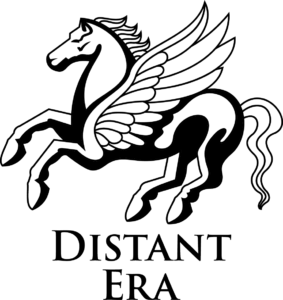
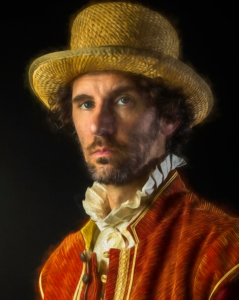
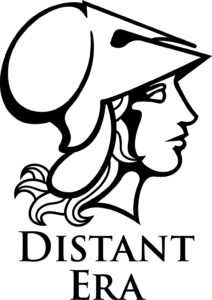
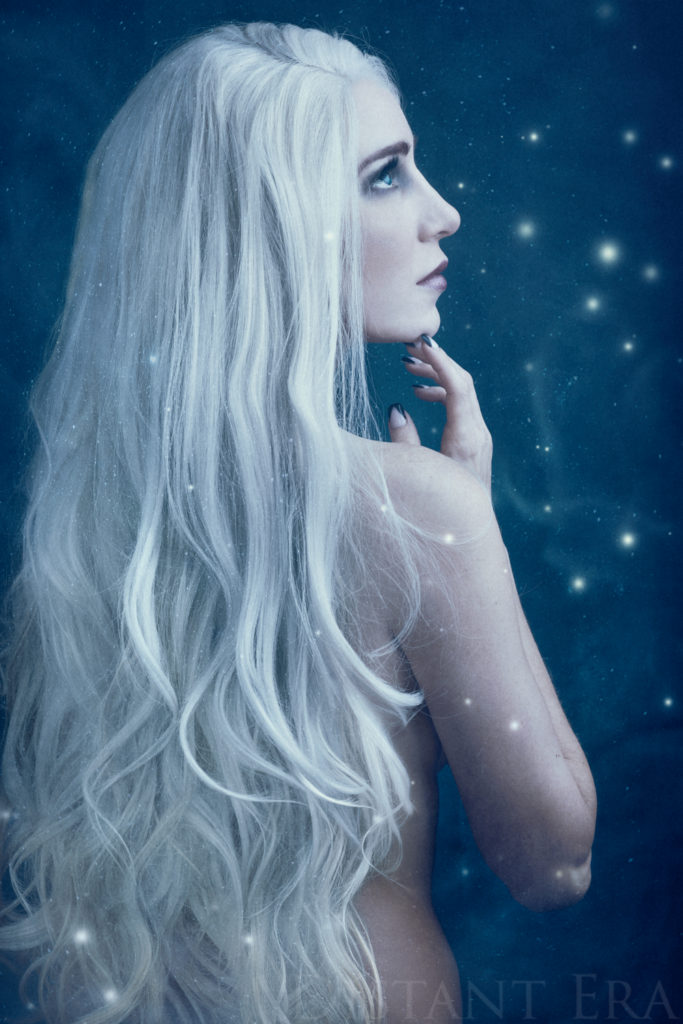
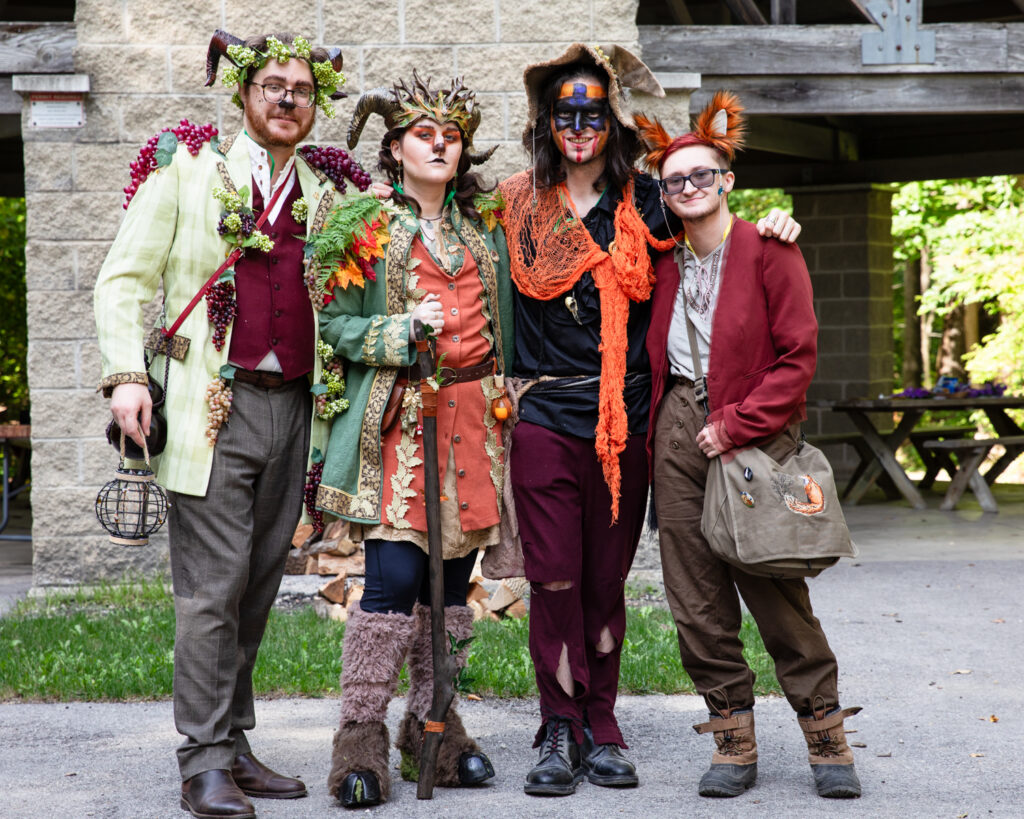
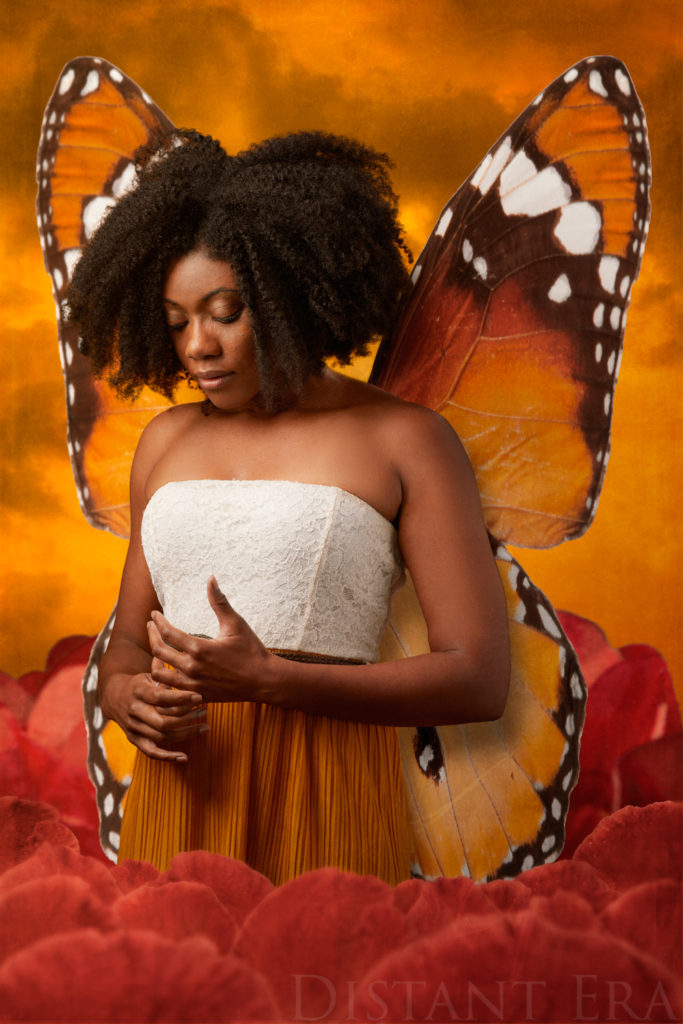
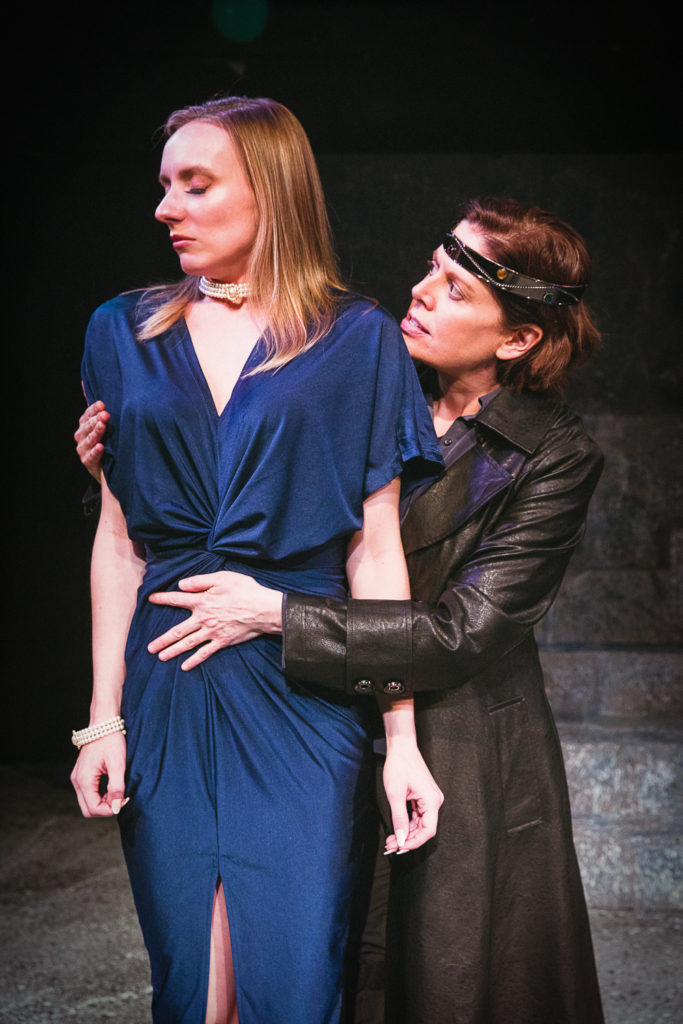
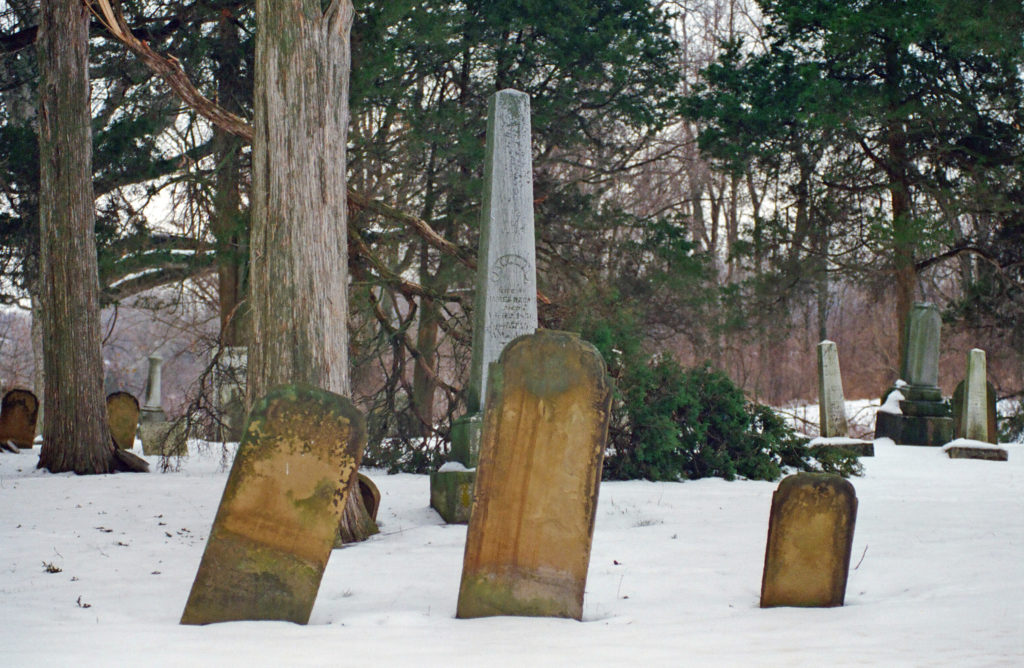
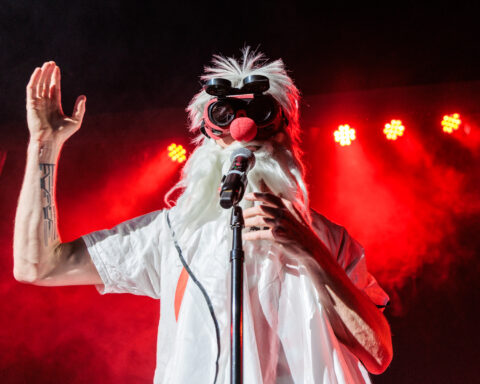

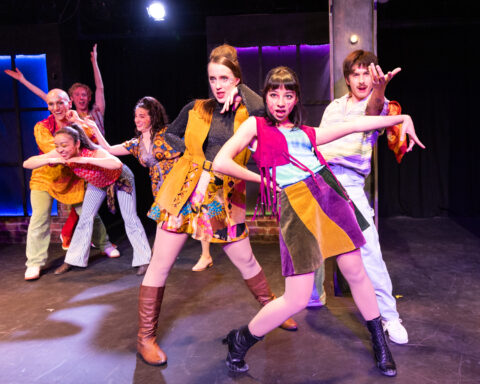
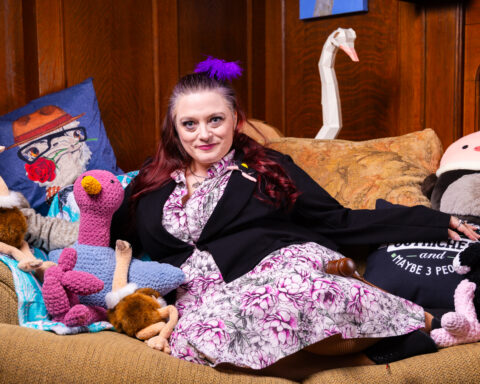
Follow Me